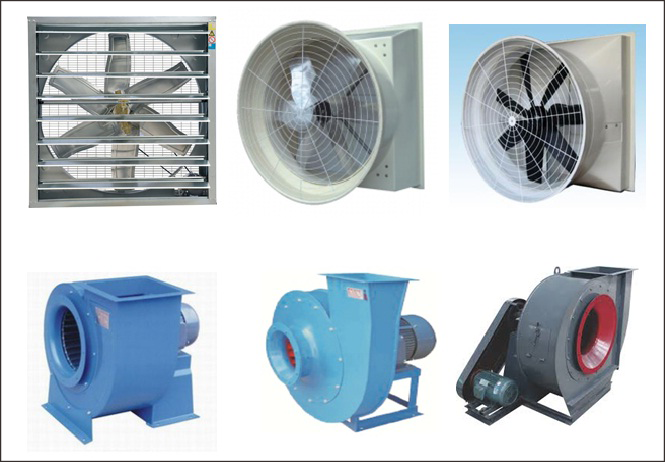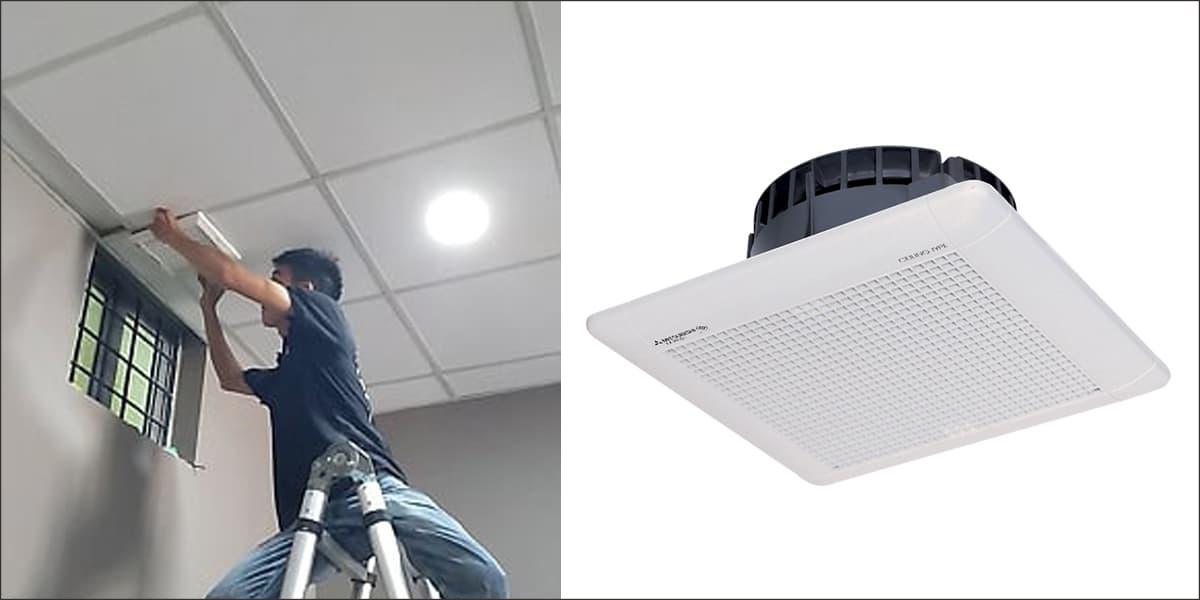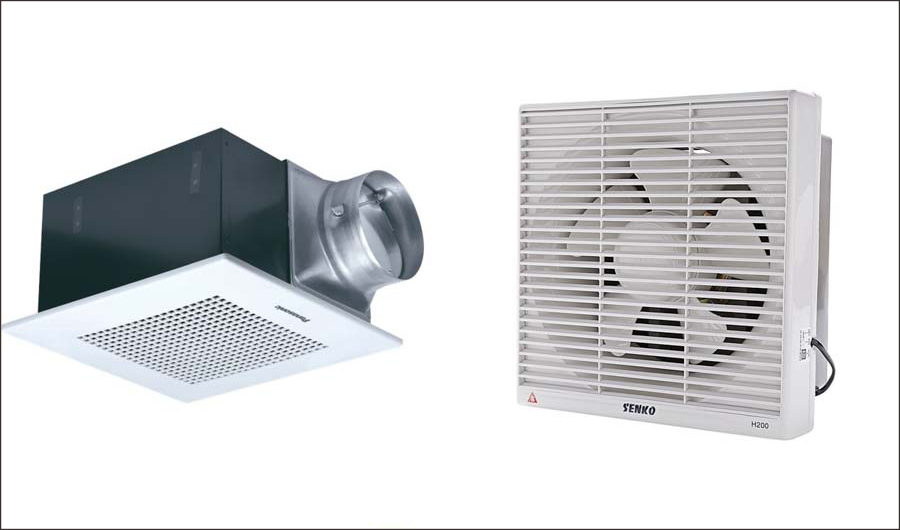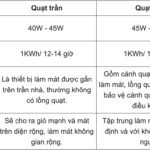What Are the Benefits of Using a Ventilation Fan?
Ventilation fans are important devices that are widely used to support indoor ventilation in households. They play a crucial role in removing humid, stuffy, and stagnant hot air from the premises, allowing fresh and cool air from the outdoors to enter. By effectively circulating the air, these fans ensure a comfortable and healthier living environment.

Types of Ventilation Fans Available Now
There is a wide range of ventilation fans available, each uniquely designed and structured to suit various spaces within a household. Whether for use in residences, businesses, or apartments, individuals can effortlessly select the ideal ventilation fan that caters to their specific requirements.
Below are some popular ventilation fan models available in the market:

-
Wall-mounted Ventilation Fan
Our wall-mounted ventilation fan features a sleek and compact design, making it easy to move and install in various locations around your home. The fan is equipped with a protective layer, ensuring it remains unaffected by external impacts. Furthermore, our fan operates quietly, providing efficient ventilation without any disruptive noise.
-
Ceiling-mounted ventilation fan: This ventilation fan features a unique and innovative design, offering a high operating capacity. It is primarily designed for installation in areas with large spaces such as companies, high-rise buildings, and office areas. With its exceptional performance, this fan ensures effective airflow and ventilation in any setting.
- The industrial ventilation fan is a large, high-capacity, and durable piece of equipment commonly used in manufacturing plants, factories, and industrial zones. Its size and operating capacity make it well-suited for these environments.
-
Axial Industrial Ventilation Fan: The axial industrial ventilation fan is expertly designed in an axial shape, allowing for efficient air intake and parallel airflow along the fan’s axis. This powerful machine is commonly utilized in various applications, including livestock farms and basement odor extraction. Its exceptional performance and durability make it an ideal choice for optimal ventilation and air circulation.
-
Industrial Ventilation Fan with Stand: This ventilation fan features a unique design compared to other models. Equipped with a sturdy support frame and convenient wheels, it offers easy mobility to suit your needs. Ideal for a variety of settings including factories, mines, and high-rise buildings.
What are the Benefits of Installing a Ventilation Fan?
Installing a ventilation fan in residential homes, educational institutions, commercial buildings, and industrial facilities is essential for efficient air circulation and effective air filtration. These fans are highly effective in eliminating stagnant and humid air, promoting a healthier environment by preventing the growth of harmful bacteria and the accumulation of harmful airborne particles.
Our product not only improves indoor air quality by removing harmful gases such as gas, smoke, and cooking odors, but it also increases the amount of fresh oxygen in your home.

Install a Ventilation Fan in 4 Easy Steps
To ensure a proper installation of your ventilation fan for a cool and fresh indoor environment, follow these step-by-step instructions:

Step 5: Install the Ventilation Fan
Now it’s time to cut a hole in the wall and properly place the ventilation fan. Follow these instructions for a successful installation:
- Measure and mark the desired location for the fan on the wall.
- Use a reciprocating saw or jigsaw to carefully cut a hole according to the manufacturer’s specifications.
- Clean up any debris or excess materials from the hole.
- Place the ventilation fan in the hole and secure it using the provided screws or mounting brackets.
- Ensure the fan is properly aligned and level.
- Connect the fan wiring to the electrical supply following the manufacturer’s instructions.
- Test the fan to ensure it is working correctly.
- If necessary, apply caulk or sealant around the edges of the fan to prevent air leakage.
Once the fan is securely installed, you can move on to the next step in your project.
When cutting a hole in the wall, it is important to consider the debris that may fall onto the floor. To protect your eyes from dust particles, it is recommended that you wear eye protection glasses.
To properly install the fan, it is essential to position it accurately in the designated area. Next, carefully pass the cable through the dedicated hole that has been drilled into the upper wall of the residence.
Step 6: Securely attach the ventilation fan to a fixed position
When performing the aforementioned operations, it is crucial to ensure that the screws connecting the fan and the wall are securely fastened and firmly fixed in place.
Step 7: Determine the ideal exit point for the duct
In order to facilitate proper air circulation, it is essential to identify suitable areas with flat terrain, free from obstructions, and located at the shortest distance for the duct installation.
Step 8: Attach the ventilation cap.
The proper installation of the ventilation cap relies on the specific exit points found on both the roof and walls. When a point is located on the rim, it is advisable to meticulously identify a suitable spot between two wall studs for placement.
Step 9: Connect the Wires to the Indoor Location
Please carefully consider the location of your ventilation fan installation in order to choose a suitable position for wire attachment. It is important to note the shorter length of the wire during the preparation process and to thoroughly read and follow the manufacturer’s instructions.
- Step 10: Install the cooling grid
To complete the installation process of the ventilation fan, follow these final steps:
1. Attach the cooling grid securely to the wall.
2. Plug the fan’s motor into the electrical outlet.
3. Ensure the fan is firmly fixed in place using screws.

Thank you for reading! We have provided you with clear and simple instructions on how to install a ventilation fan. We are confident that you will be able to successfully complete this task. If you have any questions or require further clarification, please feel free to leave a comment below. Our team is here to assist you.



































